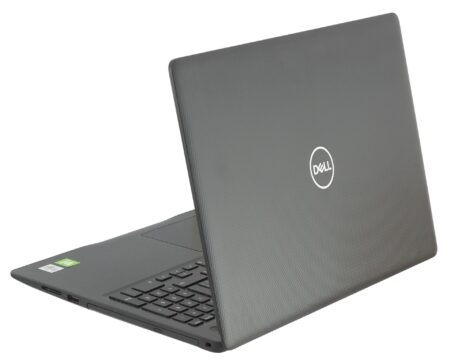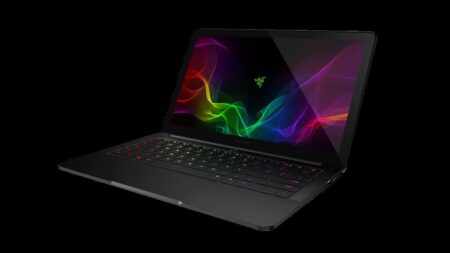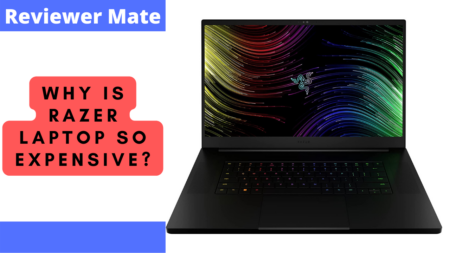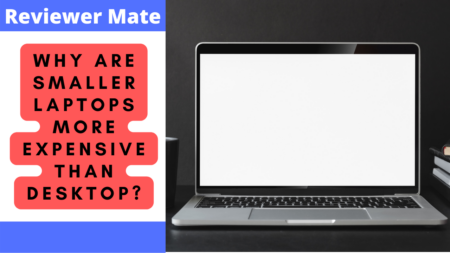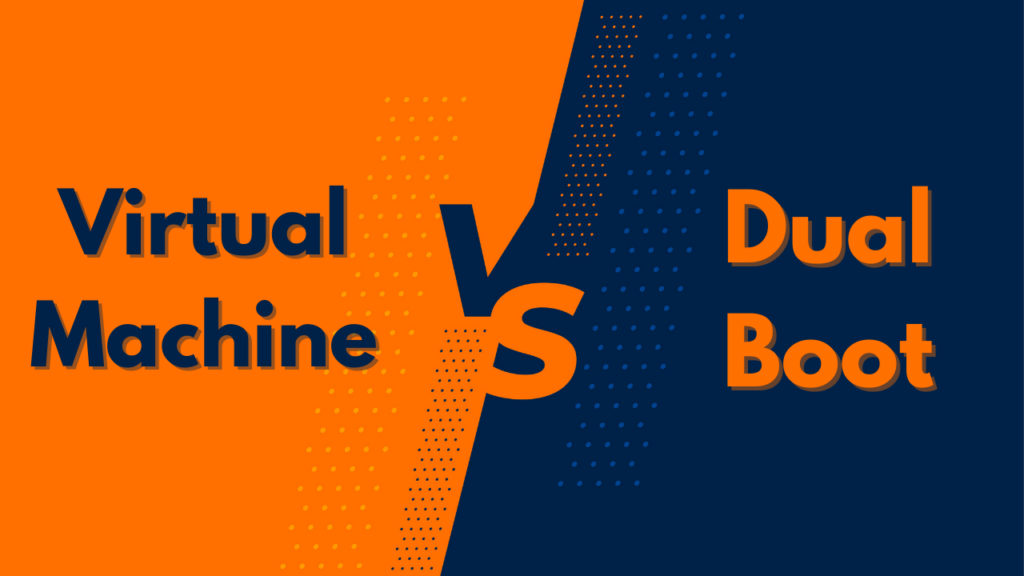
Dual-booting or using the best virtual machine are the two basic approaches to running several operating systems on one system or extra versions of the same software. Both strategies are beneficial, but they accomplish distinct goals.
Are you unsure whether to dual boot or utilize a virtual machine? We’ll assist you in making your decision. Let’s all go over a few solutions to ask you to figure out which strategy is best for you.
The majority of PCs sold today come with only one OS; nevertheless, there are situations when you may want to have various operating systems on your computer. Designers who are working on a tool or software for various OSs on a single PC and need to move between OSs to test their product will need this.
Dual-booting or a virtual machine is your top choice in this situation. Though all strategies have advantages and disadvantages, you can only determine which one to use once you have a thorough understanding of each. To determine which option to choose, read the following discussion of dual boosting vs. virtual machine.
Dual Boot vs Virtual Machine
Dual Booting
Dual-booting is the technique of deploying a new operating system on the same storage device or a removable media attached to the same computer. Because two functional systems cannot coexist in a single disk, you must first build one. After that, install the new software on a bootable USB drive.
All operating systems cannot run at the same time. You must restart the PC and pick the needed operating system from the OS menu to boot into the other software.
Advantages
- The main advantage of dual-booting versus virtualization is exposure to all of the PC’s power. As if no other operating system you will be running, whichever operating system you boot into will have direct connections to all effective PC resource management. As a result, it’s ideal for running tool activities like games or video production.
Disadvantages
- Dual-booting presents several decision-making difficulties, some of which are listed below.
- You’ll have to restart the computer any time you want to move between operating systems. This two to three-minute delay may not seem significant to many people, but for someone who doesn’t (or can’t) exit their services frequently, it’s a show stopper.
- Although not tough, the technique is more complicated than using a virtual machine. You’ll need to make a division and use a bootable device to install the OS. Furthermore, an issue or clash could occur during the installation of the new OS. Generally, dual-booting entails additional steps and is more likely to go wrong.
- If something goes wrong with the OS in a dual boot system, it can quickly cause a major problem. This is particularly true if you dual boot the same sort of OS, such as Windows 7 and Windows 10, because they can access each other’s records.
- A virus has the potential to corrupt all of the data on the computer, even information from other operating systems. This is a rare occurrence, but it does occur. So don’t try out a new OS by dual booting.
Virtual Machine
A virtual machine is a specialized virtual environment within the software that is used to run another operating system. It lets you operate two (or more) operating systems at the same time without any issues. To get going, all you’ll need is a suitable virtualization application like VirtualBox or Parallels, as well as the ISO file for the OS you wish to implement.
Virtualization software includes a tutorial that guides you through the process of deploying the system and assigning the necessary resources. And all of the new operating system’s information can be stored in a different file on the same drive.
Advantages
- A virtual machine has a lot of benefits, and here are a few of the most essential ones:
- Because a virtual machine is just another screen in your standard operating system, switching between them is simple. This makes it ideal for focusing on multiple operating systems at the same time.
- To get started, all you need is a virtual machine technique and the OS ISO file. Best of all, you can install operating systems using as many profiles as you like.
- Whatever occurs within the virtual machine remains within the virtual machine. Even if the operating system inside the virtual machine becomes corrupted or infected, your normal operating system will have no effect.
- When you screw up the system, all you have to do is delete the profile or revert to an earlier backup to continue over. Dual-booting is a different story. The procedure of safely resetting and reinstalling an operating system is lengthy.
- You may easily relocate the virtual machine to another PC or operating system because it saves all of the installed OS data and settings in a simple file. Nearly every virtual machine software has an OS conversion utility.
Disadvantages
- An operating system running in a virtual machine does not have full access to the system’s assets. Because the virtual machine operates on top of the host OS, the two must share an operating system. As a result, neither operating system has full physical hardware like RAM, CPU, GPU, and so on. When you run numerous software packages on a virtual computer, things get considerably harder.
- While virtualizing, a low-end computer will significantly slow down, and even high-end systems will be unable to run heavy video games or content creation tools. In that case, you need the best laptops for virtual machines.
- Virtual machines will most likely fail you if you want to execute numerous operating systems for video game support or any other heavier application.
Conclusion
Now that you have a better understanding of how a virtual machine works and how a dual boot system works, we hope you will be able to decide which type of system works best for you. Both have their advantages and disadvantages.
Virtual machines allow you to run multiple operating systems on your computer at the same time without restarting your computer, so this can be handy if you work on different programs that use different operating systems.
Dual boot systems allow you to choose which operating system to use during startup, which can be convenient if you like to use multiple operating systems. You can change your operating system at any time by switching between your OS, so this may be a good option for you.
If you have any questions, concerns, or would like to learn more about these topics, please leave a comment below. Thank you for reading and hope you have a great day!




